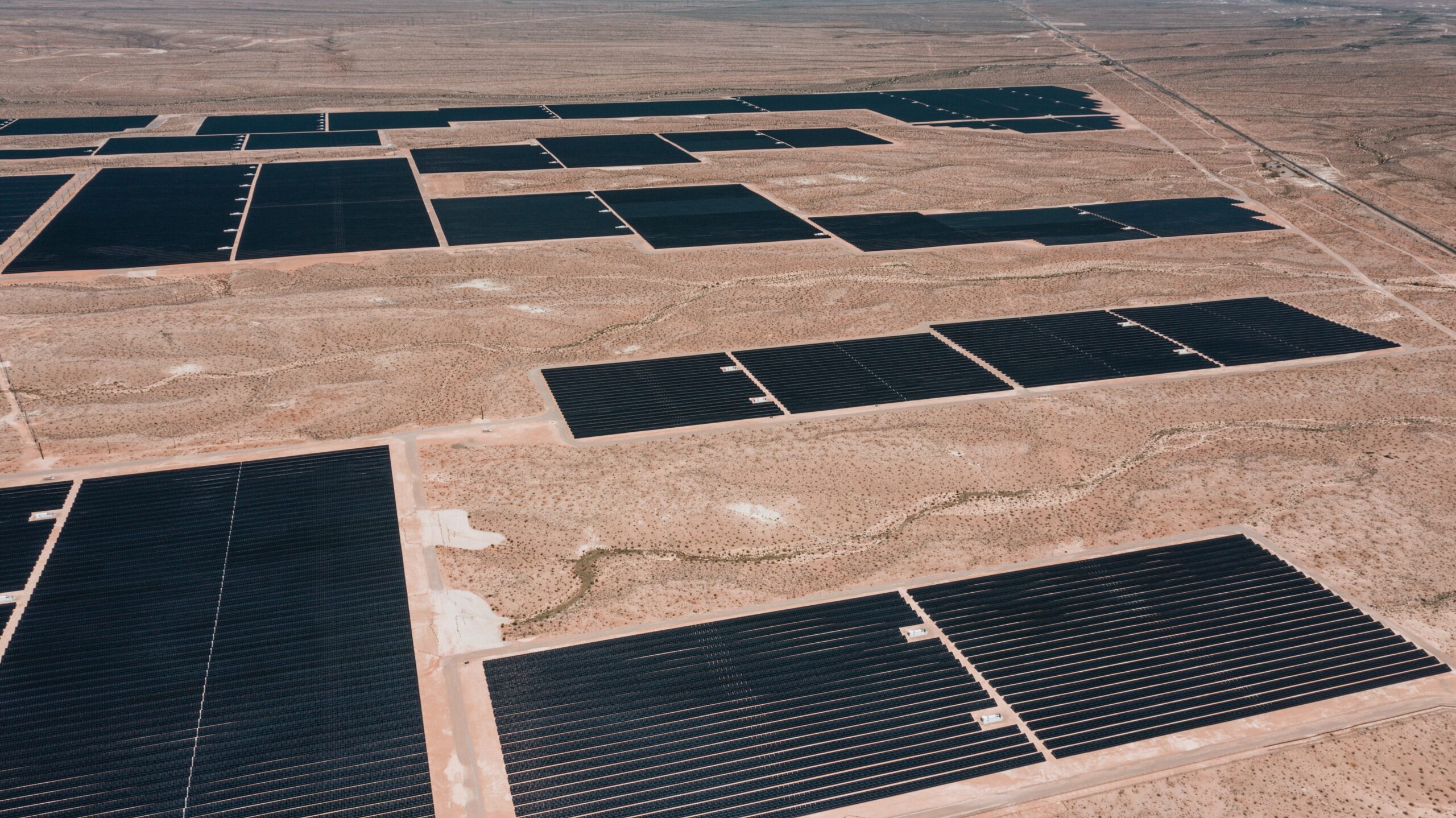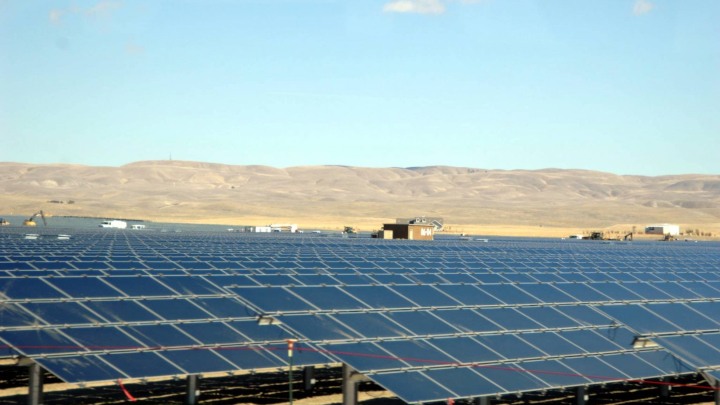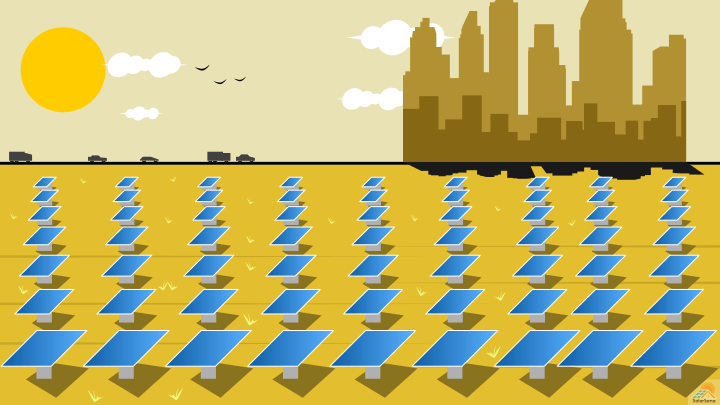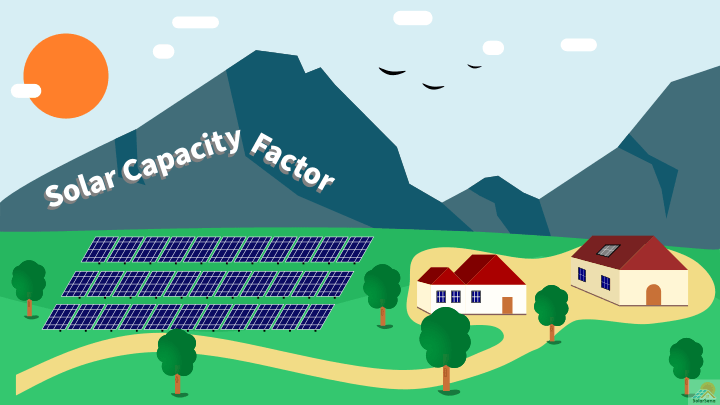Solar farms are excellent sources of sustainable energy, and a way to bring life to otherwise unused land. Solar farms are also a great investment opportunity, because once they pay for themselves the maintenance costs are very low. Prior to jumping headfirst into the solar farm construction, many steps will need to be taken. All these preliminary steps, as well as the final construction, will impact the time to build a solar farm.
Site Evaluation
The local geography and the status of the ground will have a big impact on the time to build a solar farm. The land that the solar farm sits on should be cleared and ready for development. Any necessary trees that need felled, or brush that needs cleared will add on additional construction time. The site may not be located in a 100-year or 500-year flood plain, and the proposed solar farm cannot impact any existing wetland on the property. The land that the solar farm sits on should be mostly flat, so if the site has any variance in topography it may need to be leveled prior to construction beginning.
Solar farms will require access to an electric grid. Depending on the site location, there may or may not be an existing electric hookup. If there is no electricity present, electric lines should first be run to the future location of the solar farm. Local electric companies may assist with running electric lines. These companies may take as long as several months to complete your request, so this step should be completed as soon as possible. Prepping the site location accordingly will cut down on the time it takes to build a solar farm.
Federal and State Policies
The solar farm will have to be permitted prior to construction beginning. Unfortunately, the time to build a solar farm will vary widely depending on how strict the local policies are. The federal and state policies will also depend on whether the ground is public or private.
Public Ground
Public ground will have especially stringent environmental reviews that must be conducted. Before any work can be done on public ground that has not had any prior development, environmental impact assessments and public hearings with members of the local population will have to be performed. All these steps must be completed before an official decision is released on whether the solar farm may be constructed. The time to build a solar farm could potentially take years for public ground.
Private Ground
Permitting private ground could be done as quickly as 1 – 2 months if you have all your paperwork in order. This is the way to go if you are interested in cutting down on the time to build a solar farm. Consult your local ordinances and regulations for specifics on permitting a solar farm. Generally, it is safe to live near a solar farm so you don’t have to worry about health hazards.
Solar Farm Size

A general rule of thumb is that a solar farm requires 5 acres for every 1 DC MW of energy that will be generated. The size will directly impact the time to build a solar farm due to the number of solar panels that will need to be constructed. Approximately for every 2 DC MW of energy, it will take about 3 months to construct the solar farm. Of course, the time to build a solar farm will vary widely depending on how well the site was prepped and how many acres it is.
Labor Cost
The time to build a solar farm could be lengthened or shortened depending on the manpower available to work on the job. Solar panel installers typically earn $43,344 per year. For a larger project, additional manpower will be needed which will greatly drive up the price of install. You may be able to get by with less installers, but that may extend your total construction time. The solar panel installation company will also assist with the permitting process. You may be able to do this work yourself to help save on project costs. However, solar farms are a great investment and typically pay for themselves within a decade or so, depending on your location, so upfront costs can be taken on with more confidence.
Installation of Solar Panels
Contrary to popular belief, installing the solar panels is the fastest part of building a solar farm. All of the previous steps, including site prep, environmental assessments, and receiving federal and state permits, will take longer than installing the actual solar panels. If the solar panels are not on backorder and arrive in a timely fashion, the construction crew may be able to put the solar panels together within a couple of weeks. The exact construction time will depend on the size of the solar farm. The steps in installing ground mounted solar panels are as follows:
- The construction crew will build the ground racking that the solar panels will sit on.
- The solar panels will be mounted on top of the racking system. Depending on the type of solar panel being installed, these are either stationary units or they may track the sun throughout the course of the day. The sun-tracking units will be more costly to install, but they will generate more electricity than the stationary solar panels.
- Once the solar panels and ground rack have been built, the solar panels are connected to the electrical system. From here, troubleshooting steps may be performed if any solar panels are not oriented or functioning properly.
Once the solar panels have been connected to the electrical system, the solar farm is officially fully operational.
Do You Think It’s Time to Build a Solar Farm?
It can be hard to figure out the pros and cons of solar farms because the timing can vary so much. But do not let all of these requirements deter you from building a solar farm. Your solar farm build time could be as short as a few months or as long as a couple of years depending on your specific circumstances. There are several steps that could be taken to cut down on the time to build a solar farm. Solar farms are greatly beneficial to the environment and reduce reliance on fossil fuels. The time to build a solar farm is now; do not wait any longer!



